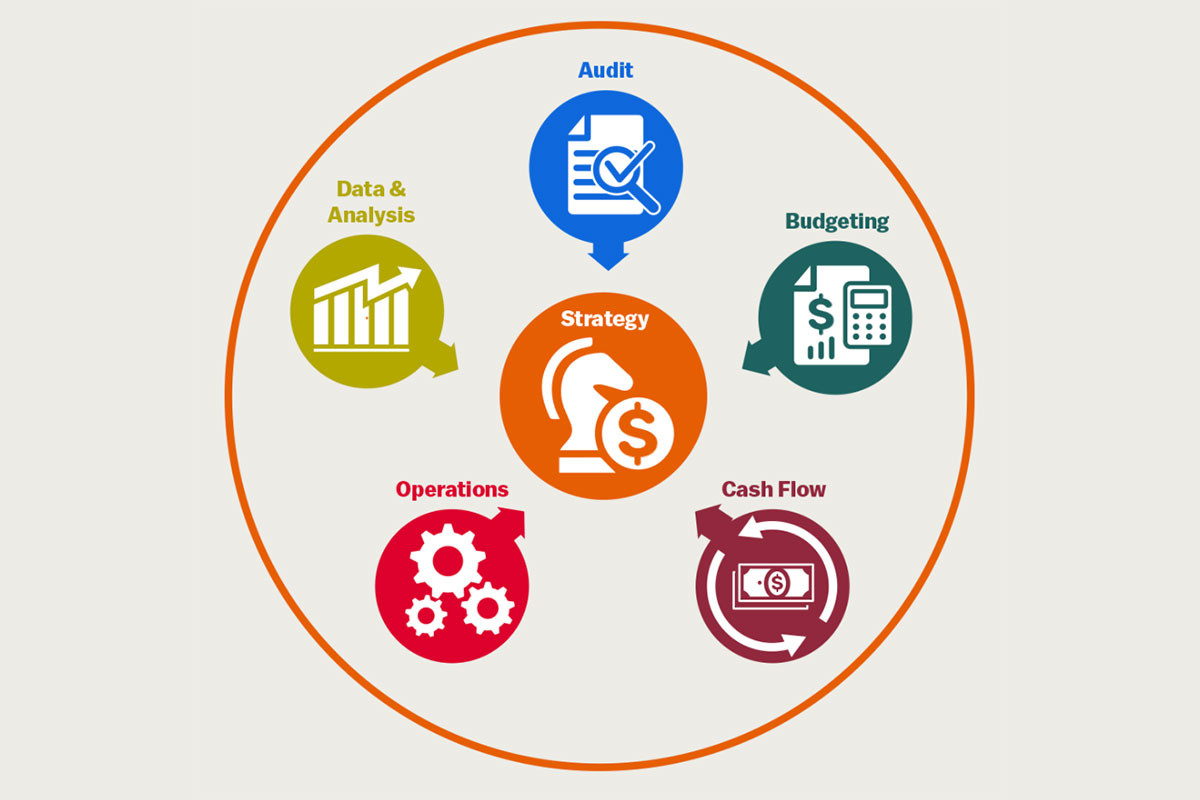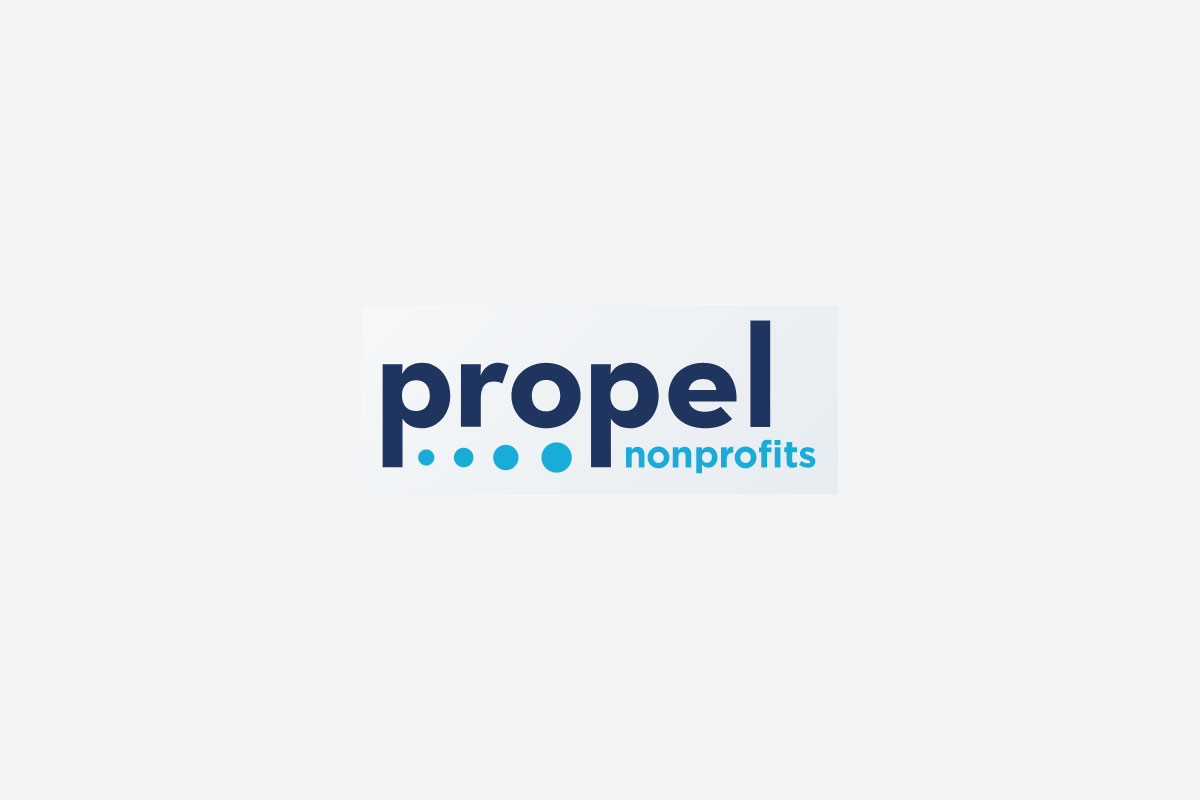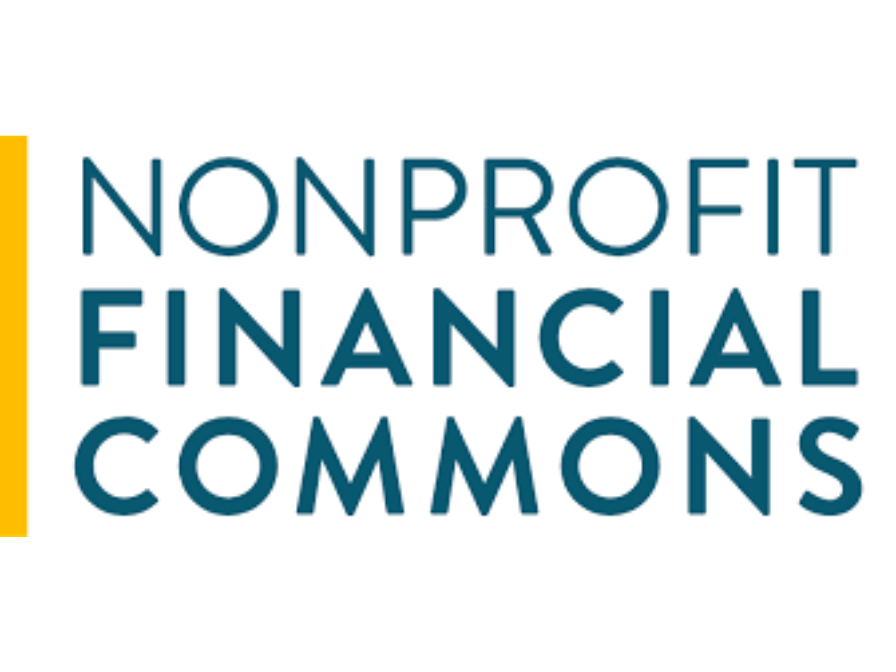
2
We Sustain Our Organization by Effectively Managing Our Financial Position.
We closely monitor, clearly communicate, and thoughtfully project our financial position and budget performance with financial health metrics that we identify, to ensure our ability to responsively serve our community, deliver on our current goals, achieve our strategic priorities, mitigate risks, take advantage of future opportunities, and adapt to unforeseen scenarios.
Nonprofits
- Use financial projections to regularly monitor budget performance, comparing projected to actual expenses, and to budget for appropriate cash reserves.
- Develop a financial reporting system (internal management, by staff or volunteer, finance committee review, board oversight, 990, year-end financial statements, and depending on operating budget size, a financial review or independent audit).
- Create financial health metrics – each organization’s metrics will look different; examples of indicators to track include revenue reliability (sources of unrestricted recurring dollars), revenue targets, cash flow, surplus and reserves, cash liquidity, liabilities, net assets.
- Communicate financial health holistically, sharing the unique context of the work and the community served, the deep impact of chronic underfunding and historic disinvestment on financial health, especially for organizations serving and led by Black, Indigenous, and People of Color (BIPOC)+, and the true costs of designing responsive, community-driven solutions.
— Local funder representative
Myth
Dispel the myth that nonprofits cannot earn a profit. The term nonprofit reflects an organization’s purpose to benefit the public, not private interests.
Reality
Nonprofits can and must earn profits to invest in supporting, improving, and advancing their work.
Funders
- Seek to understand the differences in how nonprofit businesses raise and spend money to fulfill their mission and strategic goals.
- Fund nonprofits so that they have the capacity to engage in sound financial management.
- Promote ongoing conversations about financial strengths and challenges, and help nonprofits identify gaps and find resources to strengthen their financial health, with the goal of helping nonprofits increase their impact.
- Engage in holistic financial health reviews that take into consideration and value the unique context of the work and the community served, the deep impact of chronic underfunding and historic disinvestment, especially for organizations and communities representing BIPOC, on financial health of organizations, and the credit due to organizations who design models of community engagement and levels of local control to more flexibly meet significant and emerging demands but may appear less traditionally financially sound.
SUSTAINABILITY
Despite similarities identified in discussion sessions, key differences of opinion among nonprofits and funders indicate that their overall views of nonprofit health differ in fundamental ways. For example, nonprofit leaders discussed the importance of sustainability, which they defined broadly as a mix of financial acumen and organizational flexibility; whereas corporate funders focused more on technical aspects of financial strength such as risk management, cash flow, reserves, and expense ratios, although at least one funder indicated that financial practices depended to some degree on a nonprofit’s size and time in business; and institutional funders were more interested in issues such as the nonprofit’s mission clarity, responsiveness to the community, and the fit between the nonprofit’s goals and the institution’s giving priorities, also discussing the importance of funding some riskier nonprofits that offered innovative approaches to solving specific problems.
FINANCIAL HEALTH AND FUNDING INEQUITIES
“Our organizations are underfunded and for that reason have smaller staffs, smaller budgets, and little to no operating reserves…. We call it philanthropic redlining.” — Susan Taylor Batten, CEO of the Association of Black Foundation Executives, quoted in The Chronicle of Philanthropy’s Nonprofits Led by People of Color Win Less Grant Money with More Strings.











